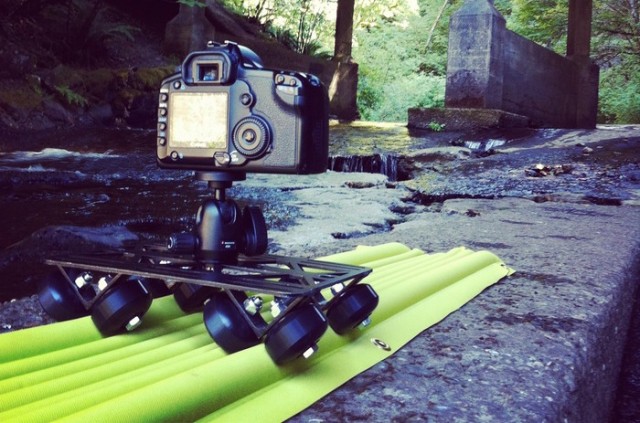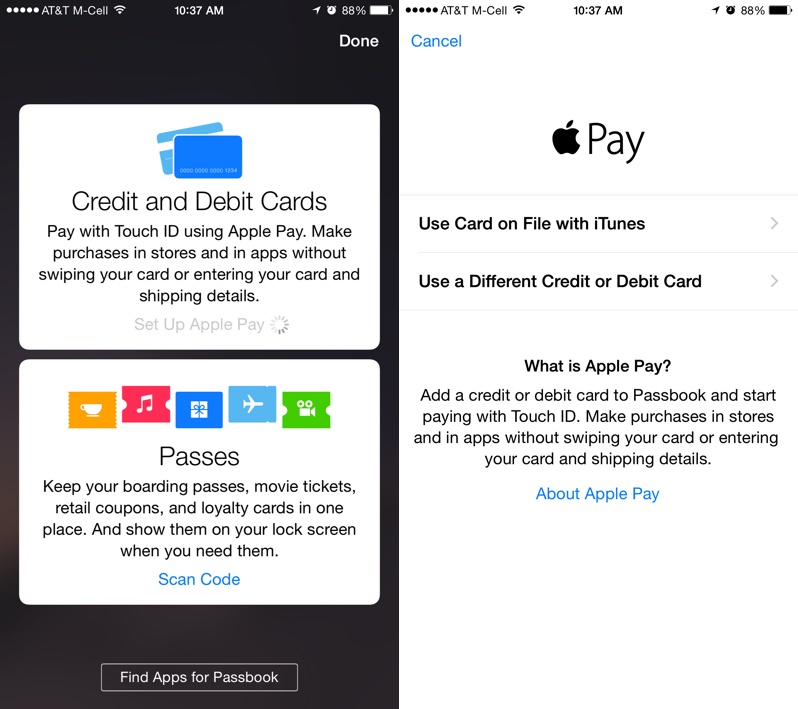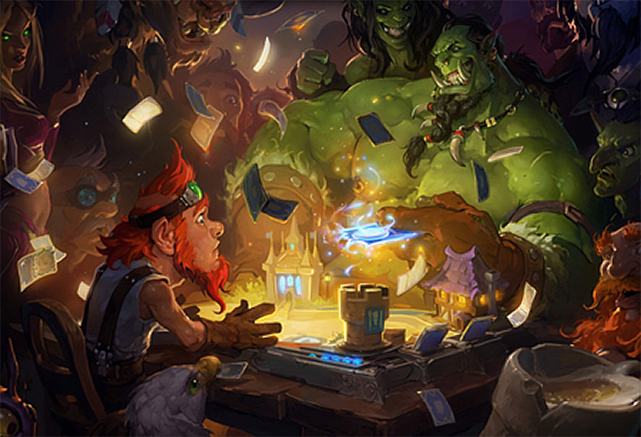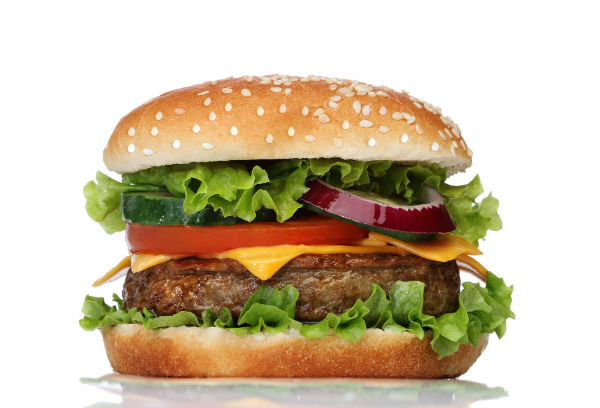
For years, dog and cat owners have been bickering over the relative merits of each type of pet.
But in recent years, scientific researchers have started to weigh in — and most of their findings so far come down firmly on the side of dogs.
cats don't have the same sort of emotional attachment to their owners
Compared to dogs, scientists have found, cats don't seem to have the same sort of emotional attachment to their owners, and show genuine affection far less often than you might think. Further, they're an environmental disaster, killing literally billions of birds in the US every year — many of them from endangered species.
Most alarmingly (and as explained in this 2012 Atlantic article), there's compelling evidence that a parasite often found in cat feces can subtly change people's personalities over time, increasing rates of neuroticism, schizophrenia, and perhaps even suicide.
In other words, research is telling us that cats are selfish, unfeeling, environmentally devastating creatures. If you need to convince someone not to get a cat, here's the research you need to show them.
Your cat probably doesn't love you

(opethpainter)
Daniel Mills, a veterinary researcher at the UK's University of Lincoln, is a cat lover. You can see his cat in the photo on his faculty page on the university's website. But experiments he and colleagues have conducted at the university's Animal Behaviour Clinic suggest that cats, as a whole, do not love their owners back — at least not in the same way that dogs do.
The researchers adapted a classic child psychology experiment called "the strange situation," in which a parent slips out of a room while a baby or young child is playing and then later returns. The child's behavior upon being abandoned and reunited with the parent is observed and analyzed. This sort of thing has been also done with dogs several times (including by Mills), and the experiments have found that dogs demonstrate an attachment with their owner — compared to a stranger, the dogs become more disturbed when their owners leave, and interact with them more when they return.
By contrast, Mills' cat experiments — which are still ongoing and haven't yet been published, but were featured in a BBC special last year — haven't come to the same conclusion. On the whole, the cats seem disinterested both when their owners depart and return. "Owners invest a lot emotionally in the cat relationship," Mills told the BBC. "That doesn’t mean that the cat’s investing in the same sort of emotional relationship." At the time, he said the results were inconclusive, but at the very least, it's safe to say that they haven't yielded the same obvious results that the dog studies have.

Cats, aloof as ever. (Tom Wicker)
Meanwhile, other experiments carried out by a pair of Japanese researchers have provided evidence for a fact already known to most cat owners: they can hear you calling their name, but just don't really care. As detailed in a study published last year, the researchers gathered 20 cats (one at a time) and played them recordings of three different people calling their name — two strangers, plus their owners.
Regardless of the order, the cats consistently reacted differently upon hearing their owner's voice (in terms of ear and head movement, as graded by independent raters who didn't know which voice belonged to the owner). However, none of them meowed or actually approached the speaker, as though they'd be interested in seeing the person.
Why are cats so different from dogs in this way? The researchers speculate that the difference can be explained by evolutionary history: dogs were domesticated an estimated 15,000 years ago, compared to just 9,500 years for cats. Additionally, it's believed that dogs were actively selected by humans (to guard and herd animals), whereas cats likely selected themselves, spending time near people simply to eat the rats consuming grain stores. This difference — along with the extra evolutionary time — could explain why dogs are so much more interested in responding to the human voice.
Your cat isn't really showing you affection

A cat feigns affection to mark its territory. (Erik Tjallinks)
Cat lovers will probably respond here that their pets do show affection, purring and rubbing up against their legs. But there's good reason to believe that, much of the time, these sorts of behaviors that look like affection are conducted with entirely different goals in mind.
Many cats, for instance, will rub up against the leg of their owner (or another human) when the person enters a room. It's easy to construe this as a sign of affection. But many researchers interpret this as an attempt, by the cat, to spread his or her scent — as a way to mark territory. Observations of semi-feral cats show that they commonly rub up against trees or other objects in the exact same way, which allows them to deposit pheromone-containing secretions that naturally come out of their skin.
semi-feral cats commonly rub up against trees and other objects to mark territory
Purring, in some cases, also seems to mean something different than what you imagine. As part of 2009 study, researchers at the University of Sussex recorded the purring sounds made by 10 different cats in two types of situations: when they wanted food, and when they didn't.
As it turned out, the food-related purrs were noticeably different: the otherwise low-toned noises had a spike in the 220 to 520-hertz frequency, which is similar to a baby's cry. Human study participants also rated these purrs as more urgent and less pleasant.
What may be going on, the researchers concluded, is that cats have figured out how to purr in a way that triggers humans' parenting instincts. They don't always purr this way, but they do so when they want food, because they know it'll get results.
Finally, there's some evidence, turned up by Mills, that many cats don't actually like being petted by humans at all. In a 2013 study, he and other researchers measured levels of stress hormones in cats, with the intention of figuring out whether having multiple cats in the same household is a bad idea. That didn't turn out to be true, but they did find that the cats who allowed themselves to be petted had higher stress levels afterward than the cats who disliked it so much that they simply ran away.
Cats are an environmental disaster

An invasive cat destroys its local environment. (Etienne Valois)
In the US, domestic cats are an invasive species — they originated in Asia. And research shows that, whenever they're let outside, cats' carnivorous activity has a devastating effect on wild bird and small mammal populations, even if the cats are well-fed.
Of course, dogs are likely a net negative for the environment too. There isn't as much data available, but researchers note that dogs spread diseases (such as rabies) and also prey on various species, including many types of birds, as well.
cats kill somewhere between 1.4 and 3.7 billion birds annually in the us
But in terms of raw numbers, it seems unlikely they can match the impact of cats. A study published last year found that cats kill far higher numbers of songbirds and mammals than previously thought: somewhere between 1.4 and 3.7 billion birds, and 6.9 and 20.7 billion mammals annually. Many of the mammals might be mice and rats (species that have no problem sustaining their numbers), but the prey also includes many endangered bird species.
This isn't just a symbolic problem — it's a truly significant one. The best data we have on birds killed by other sorts of threats, from the Fish and Wildlife Service, isn't great (it's a little old, and the estimates are rough), but a comparison indicates that cats kill as many birds as collisions with buildings, and kill more birds than collisions with cell phone towers, power lines, cars, and wind turbines combined.
Cat owners can do a few simple things to easily cut down on this threat. Research indicates that leaving cats inside at night, or tying a bell around their neck (so prey hear them coming) means they kill significantly fewer birds and mammals. But right now, few cat owners do this, whether because they want their pets to get the pleasure of killing, or out of sheer laziness.
Your cat might be driving you crazy

A cyst filled with Toxoplasma gondii parasites, as seen in a mouse brain. (Jitinder P. Dubey)
Finally, there's the weird, unsettling connection between cats, a parasite called Toxoplasma gondii, and litter boxes.
This parasite can infect pretty much any sort of animal — including humans — but it can only sexually reproduce when inside the intestines of cats. In order to get there, it's been found to alter the behavior of infected rodents, making them less fearful of predators. In other words, when T. gondii gets picked up by a mouse, it increases the chance that the mouse will get eaten by a cat, so the parasite can reproduce once again.
This may seem bizarre enough, but over the past few years, some scientists have begun to suspect that the parasites alter human behavior in a similar way. Humans often pick up T. gondii from handling cats' litter boxes (because the parasites can be found in their feces), and there's an increasing amount of evidence that the resulting long-term, latent infection can subtly change a person's personality over time.
When parasites found in cat litter infect humans, they seem to subtly change personality over time
Of course, we're not rodents, so the parasites aren't successful in getting us eaten by cats. But the actual consequences are just as troubling. People who have been infected have greater rates of neuroticism and schizophrenia, and have slower reflex times in lab experiments. As a result, it seems, they get into traffic accidents more often. There's evidence that they have higher rates of suicide. All this, it seems, are unintended results of the parasite's ability to alter a mouse's brain to increase the chance of predation.
Now, everyone who owns a cat doesn't get infected by T. gondii, and there are other ways of getting the parasite (like eating undercooked meat). And the infection itself doesn't seem to cause these behavioral changes in everyone — they just occur at slightly higher rates among the millions of people worldwide who are infected.
Still, if you needed one more reason not to house an animal that doesn't love you, manipulates your emotions to get food, and helps to eradicate endangered species, it's a pretty damn good one.
Further reading: Kathleen McAuliffe's eye-opening article in the Atlantic: How Your Cat Is Making You Crazy









 Hearthstone: Heroes of Warcraft is already on Windows, Mac, and iPad, which means you probably haven't gotten a lot of work done so far in 2014. When the game finds its way to the iPhone in 2015 -- as Blizzard revealed it will in a new blog post --...
Hearthstone: Heroes of Warcraft is already on Windows, Mac, and iPad, which means you probably haven't gotten a lot of work done so far in 2014. When the game finds its way to the iPhone in 2015 -- as Blizzard revealed it will in a new blog post --...
































